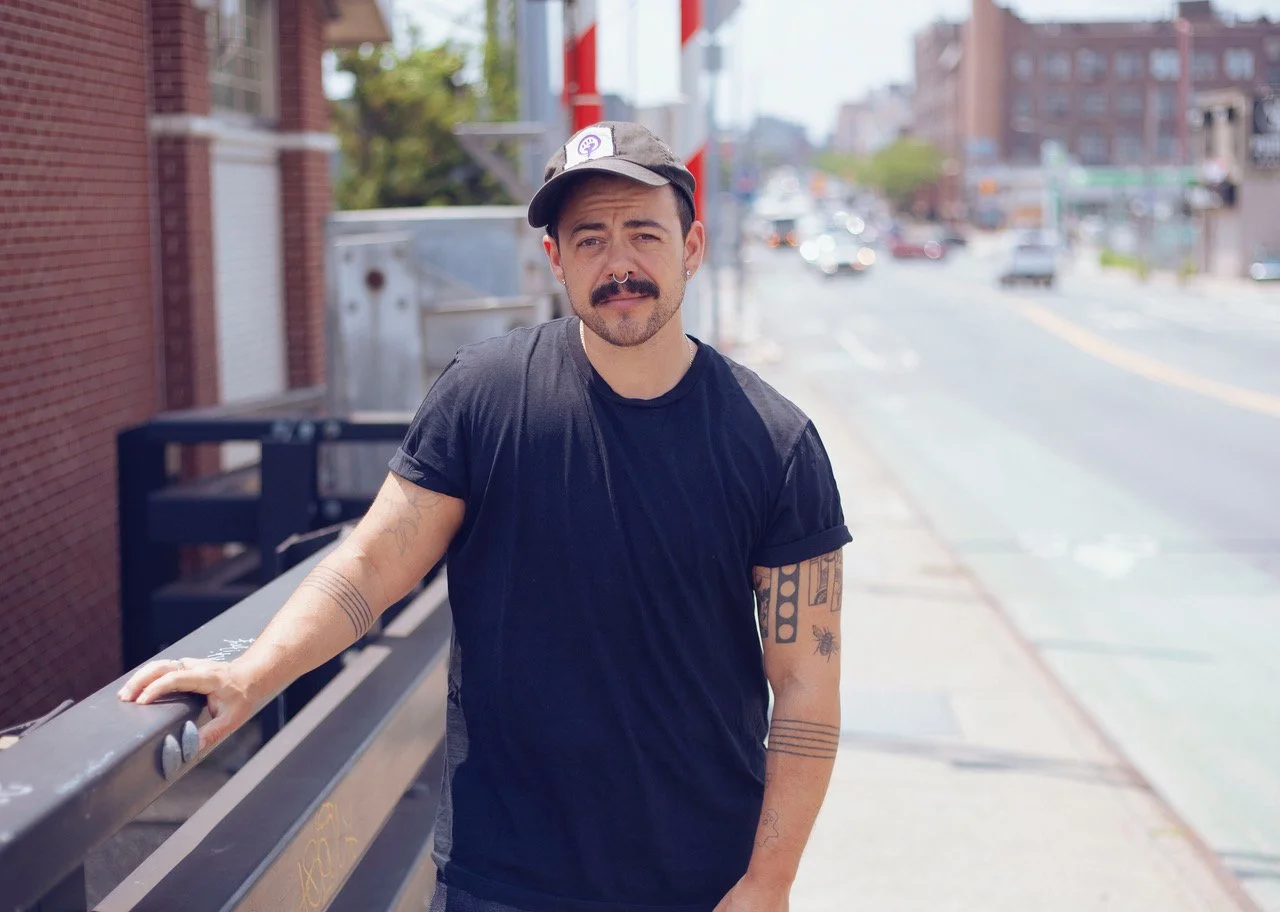Works of Affirmation
In these dire times of erasure and annihilation, Eli Clare and Angelo Madsen, two queer trans artists, have released powerful works of affirmation.
A genderqueer person living with cerebral palsy, Eli Clare (https://eliclare.com ) uses writing as a bully pulpit against trans and disability oppression. His newest book, “Unfurl: Survivals, Sorrows, and Dreaming” (Duke University Press), interweaves creative nonfiction prose, poetry, memoir, history and advocacy. Painful flashbacks of childhood abuse are mixed in with erudite critiques of classifications and nomenclature and dreamscapes filled with gorgeous environmental metaphors.
Resiliency and healing are central concerns. Tender meditations on stumbling strides and crawling across forest floors are used as invitations to others to break normative strictures and “scoot, slide and crawl” with him. Timid teenage poems are reconceived to become examples of empowerment. Intergenerational trauma is examined, not to forgive, but to break the chain of “survivor turned perpetuator.”
Community is also an important value. Lost heroes are commemorated. “Justice dreamers” are acknowledged, part of a focus on the need for collective care and liberation. Equally essential is the writer’s self-caring embrace of the natural world: “Sitting in the woods or at the ocean, I glimpse a world that relishes crookedness, wholeness and brokenness.”
In his powerful mixed-genre writing, Clare provides a roadmap, a way to find joy and freedom in the face of formidable societal repression. His journey is about inventing a path forward: “It is time / to listen to our grief and soothe our jangled / nerves – we must not relinquish imagination.”
*
Angelo Madsen’s films are steadfast in how they unapologetically portray queer otherness. His latest effort, “A Body To Live In,” is a documentary about Fakir Musafar, a pioneer of extreme body modification. It is a loving, clear-eyed portrait of a complex icon as well as a celebration of the communities interested in exploring transgressive sexuality and spiritual seeking. Musafar was a central figure in San Francisco’s underground kink scene in the ’70s and ’80s.
Dexterously collaging archival material with interviews with Musafar’s wife, Cléo Dubois, performance artists Ron Athey and Annie Sprinkle as well as other surviving elders, the documentary is an immersive dive into what had been a thriving subversive culture. Footage of joyous participants piercing each other, drumming, chanting and dancing in outdoor fields is juxtaposed with criticism about appropriation of indigenous sacred rituals.
Serving as director, producer and editor, as well as creating visual effects and the sound score, Madsen delivers an emotionally propulsive journey. “A Body To Live In” is not trying to be a conventional biopic—this is an atmospheric reminiscence of an underground movement. The camera rarely lingers on interviewees; instead, they function primarily as voiceovers accompanying the plentiful historical footage. Abstract interstitials are used to effectively represent trance-like states.
Interspersed throughout the documentary are poignant excerpts from audio interviews made in the last weeks of the subject’s life. The film concludes with Fakir Musafar stating: “I’m ready to give the body up and just be spirit for a while, consciousness.”
“ Body To Live In” is currently screening at international festivals. Madsen’s other work can be seen on Criterion, Mubi, and New York Times Op-Docs.
This essay is excerpted from reviews in The Arts Fuse (https://artsfuse.org)



